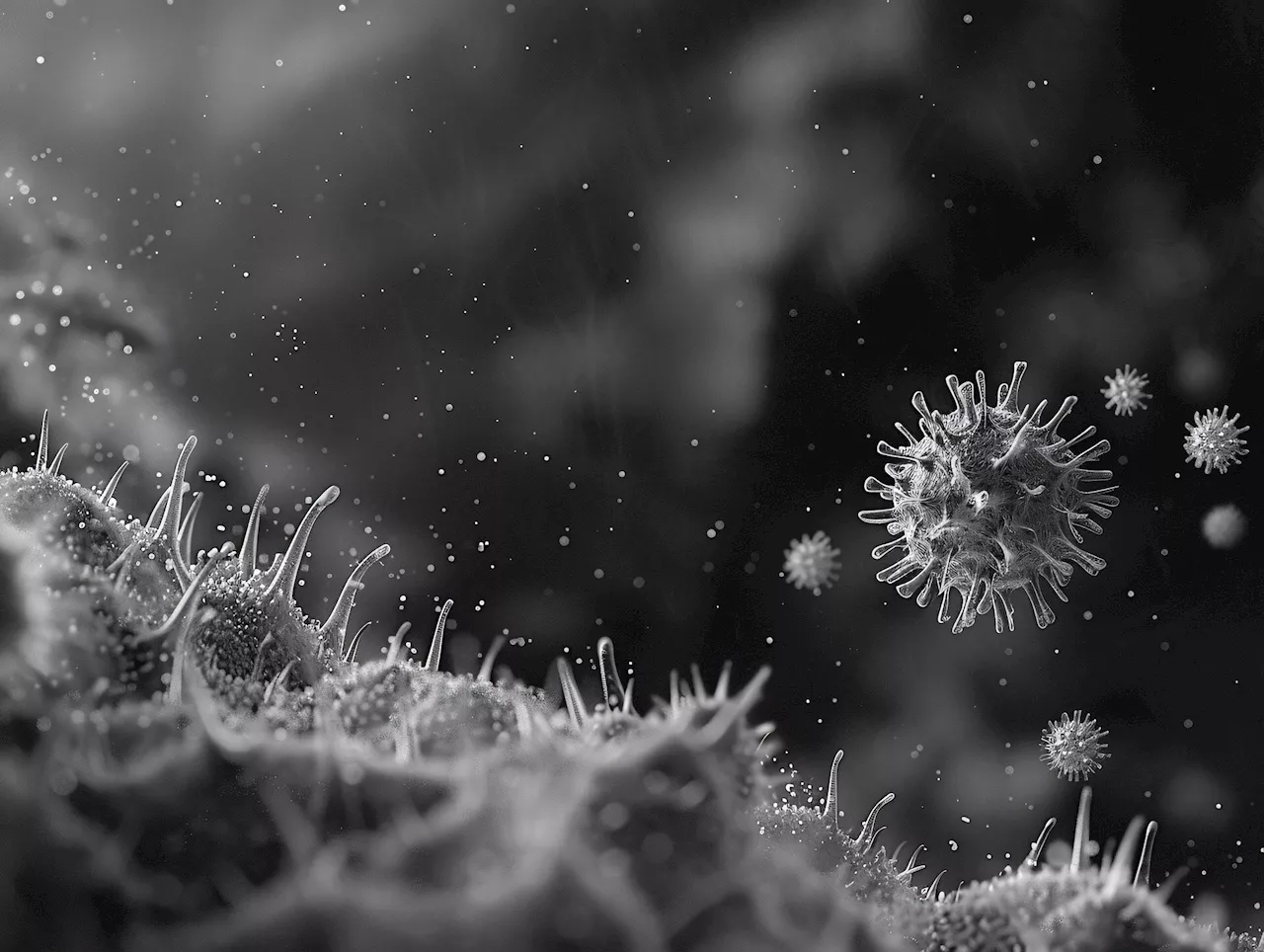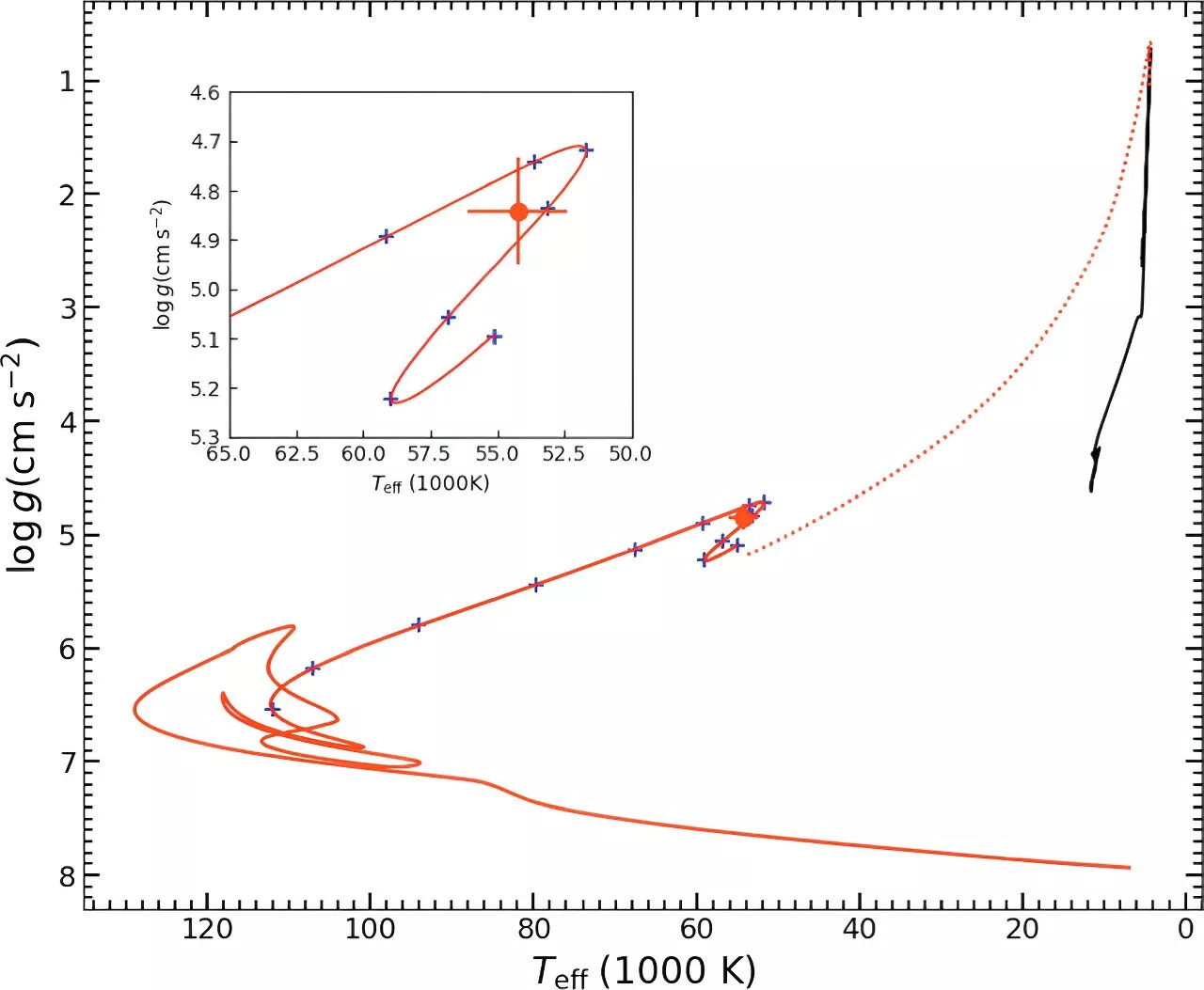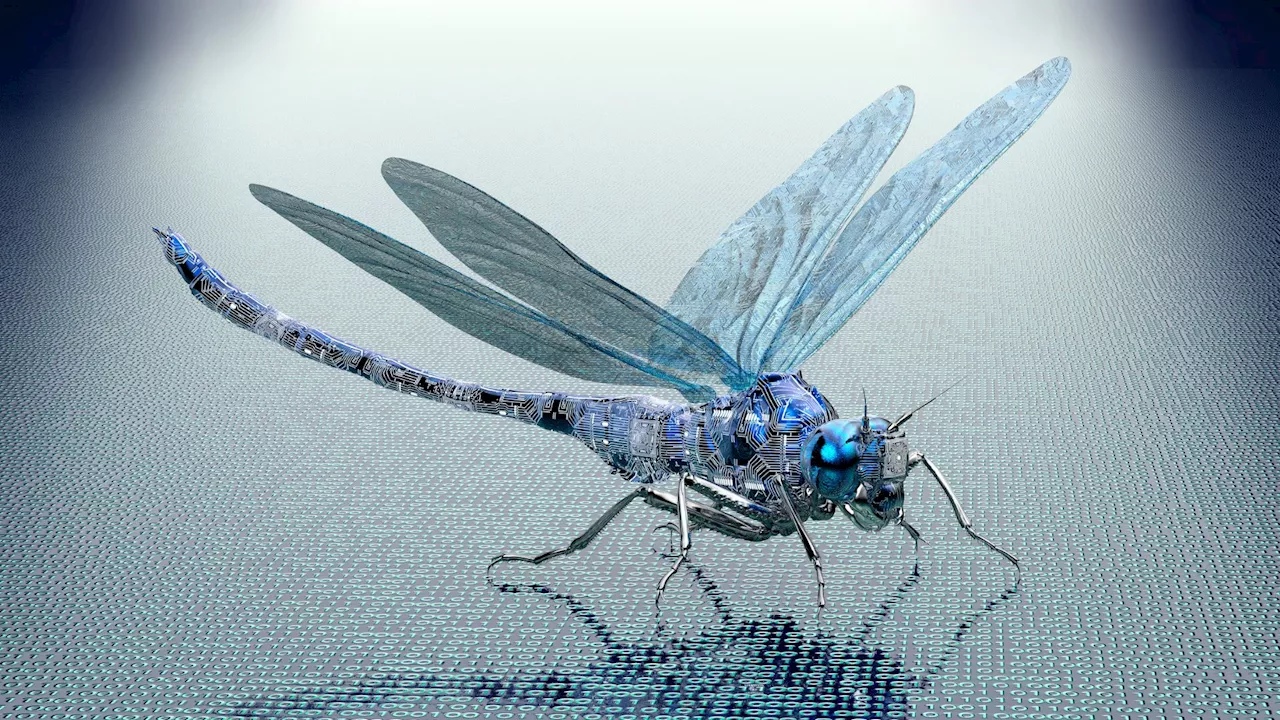Researchers created a neuromorphic vision-to-control system for autonomous drone flights, utilizing spiking neural networks.
Researchers have developed a neuromorphic vision-to-control mechanism that makes autonomous drone flights possible.For the project, a Delft University of Technology team in the Netherlands developed a five-layer spiking neural network comprising 28,800 neurons to process raw, event-based camera data. This network maps incoming raw events to estimate the camera’s 3D motion within its environment.
However, current implementations are limited to basic tasks with low-dimensional sensory inputs and motor actions. According to researchers, this limitation arises due to the constrained network size of existing embedded neuromorphic processors and the challenges involved in training spiking neural networks.
This approach avoids the need to generate high-frequency, visually realistic images for event generation, which would otherwise result in excessively long training times in an end-to-end learning setup.The fully neuromorphic vision-to-control pipeline was implemented on Intel’s Loihi neuromorphic processor and used on afor vision-based navigation. This system autonomously followed ego-motion set points without external aids.
Neural Network Neuromorphic Neurons
Canada Latest News, Canada Headlines
Similar News:You can also read news stories similar to this one that we have collected from other news sources.
 Researchers discover new clues to how tardigrades can survive intense radiationUniversity of North Carolina at Chapel Hill researchers have discovered that tardigrades—microscopic animals famed for surviving harsh extremes—have an unusual response to radiation.
Researchers discover new clues to how tardigrades can survive intense radiationUniversity of North Carolina at Chapel Hill researchers have discovered that tardigrades—microscopic animals famed for surviving harsh extremes—have an unusual response to radiation.
Read more »
 Researchers need ‘open’ bibliographic databases, new declaration saysMajor platforms such as the Web of Science, widely used to generate metrics and evaluate researchers, are proprietary
Researchers need ‘open’ bibliographic databases, new declaration saysMajor platforms such as the Web of Science, widely used to generate metrics and evaluate researchers, are proprietary
Read more »
 Researchers create new AI pipeline for identifying molecular interactionsUnderstanding how proteins interact with each other is crucial for developing new treatments and understanding diseases. Thanks to computational advances, a team of researchers led by Assistant Professor of Chemistry Alberto Perez have developed an algorithm to identify these molecular interactions.
Researchers create new AI pipeline for identifying molecular interactionsUnderstanding how proteins interact with each other is crucial for developing new treatments and understanding diseases. Thanks to computational advances, a team of researchers led by Assistant Professor of Chemistry Alberto Perez have developed an algorithm to identify these molecular interactions.
Read more »
 Researchers propose new formation model for massive hot subdwarfsIn a new study published in the The Astrophysical Journal, Dr. Li Zhenwei and his collaborators from Yunnan Observatories of the Chinese Academy of Sciences (CAS), and Dr.
Researchers propose new formation model for massive hot subdwarfsIn a new study published in the The Astrophysical Journal, Dr. Li Zhenwei and his collaborators from Yunnan Observatories of the Chinese Academy of Sciences (CAS), and Dr.
Read more »
 Researchers Develop “Goldene” – A New Form of Ultra-Thin Gold With Semiconductor PropertiesScience, Space and Technology News 2024
Researchers Develop “Goldene” – A New Form of Ultra-Thin Gold With Semiconductor PropertiesScience, Space and Technology News 2024
Read more »
 Researchers create new AI pipeline for identifying molecular interactionsAI developments in chemical biology could unlock new types of disease treatments.
Researchers create new AI pipeline for identifying molecular interactionsAI developments in chemical biology could unlock new types of disease treatments.
Read more »
